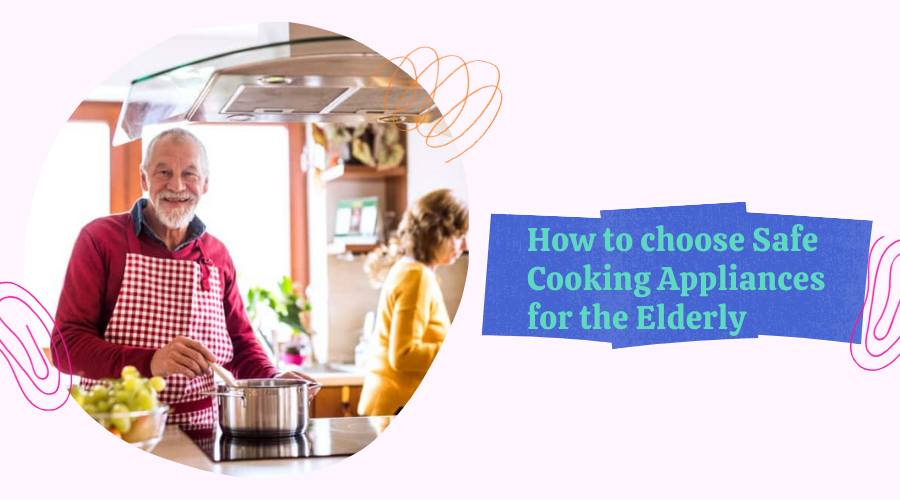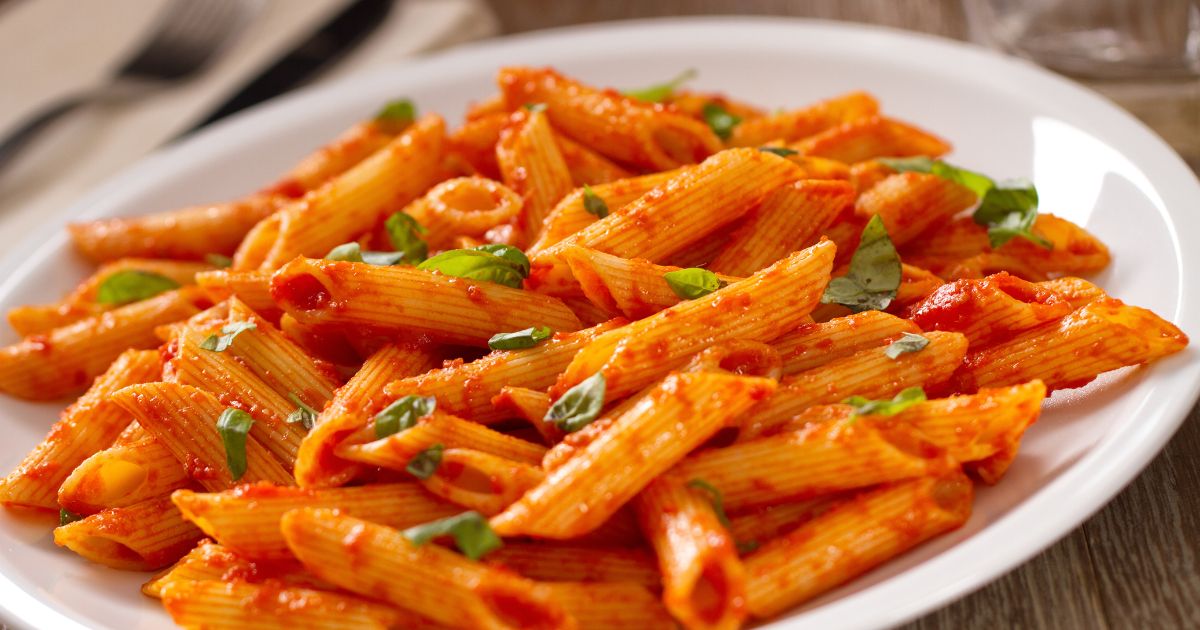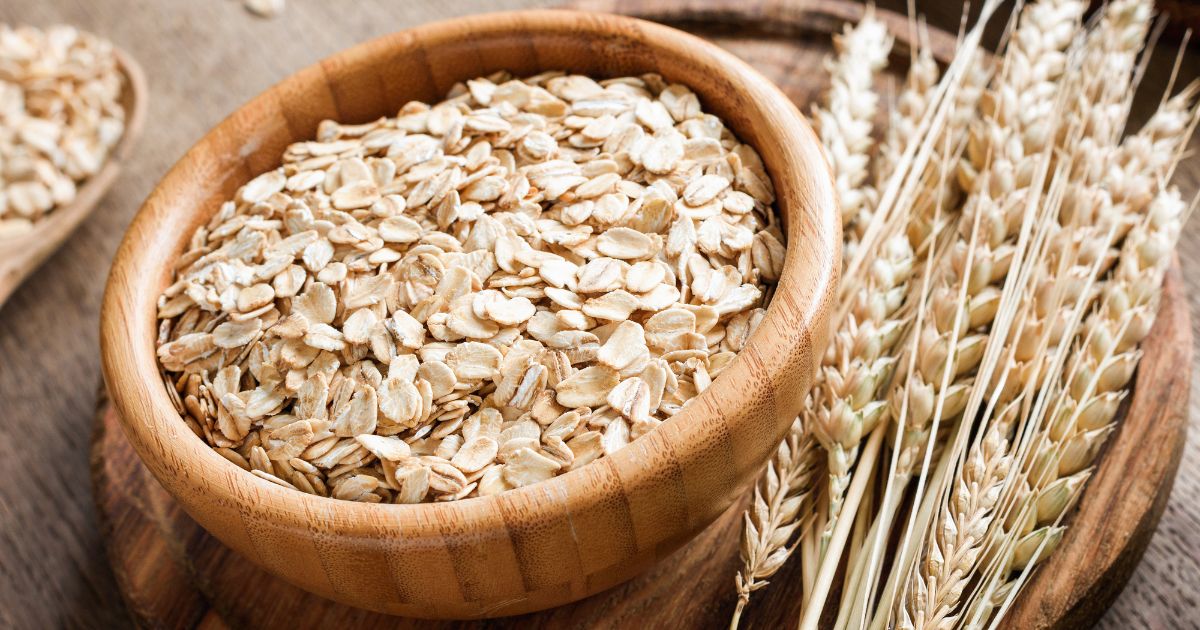Kitchens play a big role in our lives, especially for those who love to cook. While it can be a place to make good memories, it is also rather unsafe.
The older generation in particular may be unable to use some electrical appliances because they are just too complicated for them.
Items such as these can be especially dangerous if you aren’t careful enough.
With all that in mind, what are the safe cooking appliances for older people?
The Risks the Elderly Face in the Kitchen
We often have to deal with fires and electrical appliances in the kitchen on a daily basis.
As the years pass, more and more risks appear in unexpected places:
- If you forget to turn off the tap or switch off electrical appliances, you can cause a fire or flood
- When handling hot or sharp objects, losing your balance increases your risk of falling
- Many medical conditions can cause a general forgetfulness of how to use certain kitchen items
- It is possible to ignore the “use by” dates on packages, thus eating food that has gone bad
Each of those issues has a simple solution, and there will be a time and place to discuss them all.
For now, let’s focus on choosing appliances that are as safe as possible in order to reduce fire risks.
How Do I Choose a Safe Stove?
Around the world, toaster ovens and hobs are combined in one appliance.
Choosing a stove like this for your kitchen is not a good idea. To begin with, more often than not, the oven door is quite low and retrieving food from it might be difficult. Moreover, it is difficult to monitor gas or electric cookers and prevent burns, gas leaks, and fires on occasion.
So what can you do?
The first thing you should do is buy an inbuilt oven and place it in a higher, more convenient location so your back won’t have to work as hard.
A built-in electric range can also be installed. The countertop can be accessed easily, so dropping hot pans is less of a concern since this type of hob cools off faster than the normal stovetop.
Some stoves have burners that can run on either gas or electricity, but they also have grids to stand saucepans on, which can cause smaller saucepans to tip over. Older people tend to use smaller saucepans for safe cooking appliances smaller portions rather than for families, and this creates more of a problem.
There are induction stoves available these days, and they are the safest. As they operate on electromagnetic fields, the stoves don’t get hot – which significantly reduces the risk of getting burned. In addition, the surfaces are flat, so there is less risk of tipping. However, they have the disadvantage of having less control over heat since they tend to cycle power and not all pans will work with them.
Be sure that the stove you buy has a color indicator that indicates when the burners are still on and when they are hot. Consider a stove that has an easy-to-see visual display. One with easy-to-reach controls on the front.




